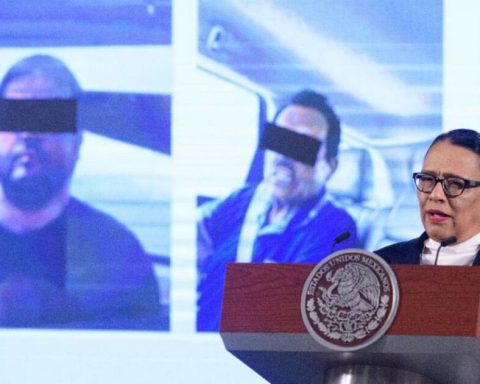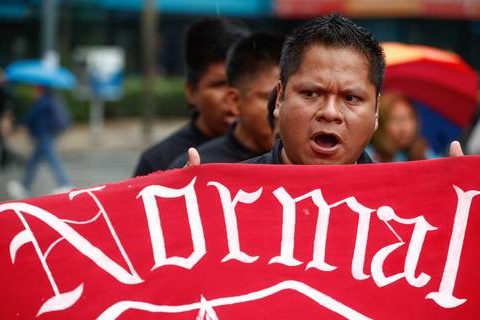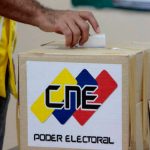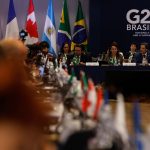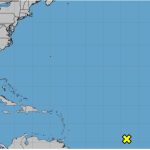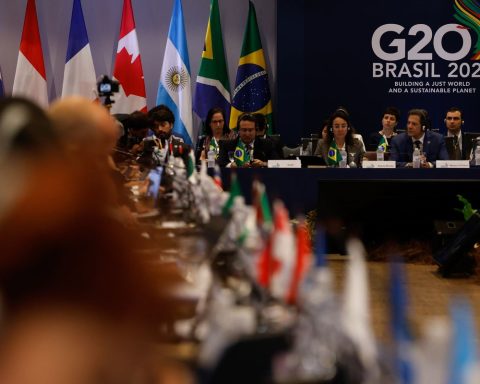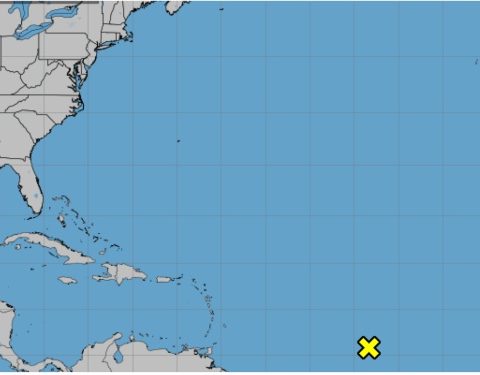A
he dawn the century XXI, after the terrorist attacks of September 11 in New York and Washington, the president of the United States George W. Bush and his advisers sought to sustain the declining global political power of the empire based on a powerful military apparatus, an economy and diplomacy of permanent war and the perpetuation of a climate of chaotic instability centered on fear. Even then, the relative decline in US industrial capacity exhibited the erosion of imperial hegemony in the world. However, the group of neoconservatives that surrounded Bush Jr. (Rumsfeld, Wolfowitz, Armitage, Perle et al.) dusted off the Project for the New American Century of 1997 and The New York Times Magazine Y The Wall Street Journal They amplified the idea that certain dose of imperialism
Y expansionism
American could be best answer
to terrorism. As Michael Ignatieff pointed out at the time, the US war on terror was a exercise of imperialism
( Times Magazine). The invasion of Afghanistan (2001) was followed by the failed coup of the Pentagon and the CIA in Venezuela (2002) and the military invasion of Iraq (2003), both hydrocarbon-producing countries and members of OPEC. The old story started by the US in Iran in 1953, with the overthrow of Mossadegh, was repeated, always with the lure of establishing the democracy
.
Beyond conspiracy theories (the interests of the Bush clan and Vice President Dick Cheney in the oil industry), everything has to do with geopolitical concerns and hydrocarbons. In those days, M. Klare said in the day who control the Middle East will control the global oil tap
in the near future. Before Henry Kissinger had sentenced: Control the oil and you control the nations; control the food and you control the people
(the current Davos agenda). Oil keeps the world’s militaries and industrial infrastructure moving. For the US, access to hydrocarbons was a matter of National security
. Hence the attempts to overthrow Hugo Chávez and Saddam Hussein; to stabilize or reform the Saudi regime, and to consolidate its position in Turkey and Uzbekistan to control the oil reserves of the Caspian basin. Objective: close the faucet
to Europe, Japan and China.
In 2003, the US policy towards Iraq generated outbreaks of resistance from Germany, France, Japan and China, and the blurred profiles of the Eurasian power bloc that Halford Mackinder had foreseen as a candidate for the geopolitical domination of the world, so feared by Kissinger, appeared. Hence, together with its military power (with its low-intensity wars, its color revolutions and its covert operations), the sanctions (punishments) and the economic-financial blockades and media terrorism, cultural imperialism became a weapon important for establishing US hegemony through a variable combination of consent and coercion (including invasions and the elimination of enemies), in order to entrench Washington’s intellectual and moral dominance and leadership.
Domination that had been imposed in Latin America in the previous two centuries under the Monroe Doctrine and Manifest Destiny, through a combination of privileged commercial relations, patronage, clientelism, covert coercion and coups d’état, and in its last section, via the financialization of the economy through the Washington Consensus (1989), as an exercise of power by the Wall Street-Treasury Department-IMF/World Bank/IDB complex, which, through the neoliberal State, promoted a series of large-scale megaprojects. continent, which deepened what David Harvey has called accumulation by dispossession
a contemporary imitation of the primitive or original accumulation described by Marx in capitalbased on violence, looting, fraud, usurpation and dispossession of communal property.
In 1992, with its sights set on the privatization of Petróleos Mexicanos and the Federal Electricity Commission, the United States had achieved deal
with Mexico the North American Free Trade Agreement: the alliance between the shark and the sardine (which entered into force in 1994), in unison with the energy counter-reform of Carlos Salinas that opened the way to the alienation of gas resources, oil tankers and underground miners.
During the presidency of Vicente Fox (2000-06), and at the same time as the design of new economic corridors in the world (such as the Russia-Iran-India agreement to establish a shorter and cheaper Eurasian trade route through the Caspian Sea, in instead of the Suez Canal), the US launched the Puebla-Panama Plan, as part of a territorial reorganization project de facto that sneaked Mexico into the Alliance for Security and Prosperity in North America (2005). The ASPAN included a cross-border energy integration (gas pipelines and electricity grid lines from the US to the Panama Canal through Mexico) subordinated to Washington and megaprojects of transnational capital that subsumed the economic criteria to those of the security of the hegemonic power, with a supranational regulation that put aside legislative control in the weakest partner of the link: Mexico. Meanwhile, counterinsurgency laws were imposed that criminalized protest and poverty and accentuated social discipline.
With Felipe Calderón (2006-12), the PPP changed to the Mesoamerican Project, incorporating the democratic security
of the Colombian autocrat Álvaro Uribe as part of the Mérida Initiative, which, hand in hand with the CIA, the DEA and the Pentagon, militarized and paramilitarized Mexico, and became special economic zones with Enrique Peña Nieto (2012-18). Today, under the government of Andrés Manuel López Obrador, the old nineteenth-century desire of US imperialism to control the Isthmus of Tehuantepec comes to life through an interoceanic corridor that will link Coatzacoalcos, in the Gulf of Mexico (Atlantic Ocean) with Salina Cruz, Oaxaca (Pacific Ocean), dynamically interrelated with two other megaprojects: the Mayan Train in the Yucatan Peninsula and the Olmeca refinery in Dos Bocas, Tabasco. All three, as new enclaves for the accumulation of capital by dispossession.


